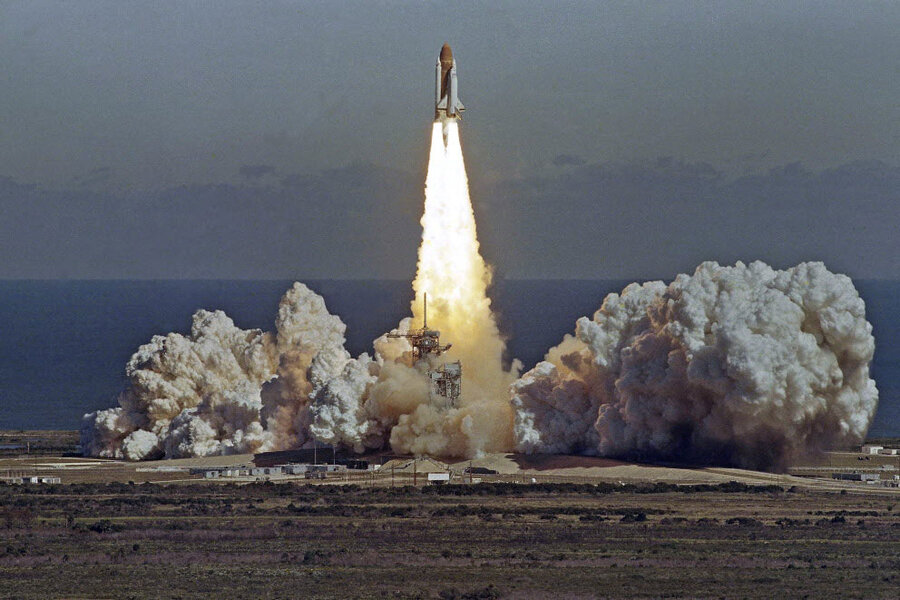How the Challenger disaster led to safer space travel
Loading...
Space flight, in the thirty years since the space shuttle Challenger disaster, has been safer because of lessons learned from the tragedy.
On the morning of Jan. 28, 1986, Challenger lifted off from Kennedy Space Center in Florida. The spaceship was in the air for 73 seconds before a failed rubber seal in the shuttle's right booster rocket caused an explosion. The six astronauts and a high school teacher aboard Challenger had no shot at escaping the spacecraft due to a design decision to launch the shuttle right alongside rockets.
Today, spacecraft in development are being built on top of rockets so crews may have a chance to fly to safety if a booster fails. In addition to a flaw in design, Challenger investigators determined that NASA's busy flight schedule at that time contributed to the accident. In 1986, NASA's fleet of four shuttles flew multiple times a month and was the only space transportation system in the United States.
Following the accident, then-President Ronald Reagan banned commercial satellites on the shuttles and increased efforts to develop more launchers.
That decision provided the impetus for the commercial space transportation industry that exists today, a new frontier which generated global revenues of $5.9 billion in 2014, according to a report last year by the Satellite Industry Association.
The Challenger accident also revealed issues at the management level for NASA. Investigators found that the night before launch, engineers warned that freezing temperatures could pose a problem for shuttle booster rockets, but their concerns went unheeded.
Accidents will continue to occur as space flight evolves, Mike Leinbach, a former NASA shuttle launch director, acknowledges.
"Spaceflight is like any other big engineering system," he said, pointing out that cruise ships and aircraft became safer after accidents. "You get smart by successes. You get smart by failures." "I just hope that the new entrants into the market learn from the mistakes of the past," Mr. Leinbach told the Associated Press. "I see that happening."






